Shakespeare in 3 Weeks
Working with Local Casts and Advancing Cornerstone’s California: The Tempest Tour
This post is part of a series about Cornerstone Theater Company's California Bridge Tour, the culmination of our work with ten communities over the past ten years through our Institute Summer Residency Program. Cornerstone's touring production California: The Tempest celebrates and unites these ten communities onstage, in the audiences, and in the content and themes of the play's script and design. This series uses the communities as jumping off points to share thinking and experiences specific to the project, as well as Cornerstone's longtime practice of creating community-based theater.
With nine months on the road, 218 cast members, and 26 performances in eight California towns behind us, Cornerstone is back home in Los Angeles for our final performances. Grand Park is the perfect place to end our tour. LA’s iconic City Hall seems part of our design as the sun colorfully sets.
As the audience sets blankets on the grass, I see three women standing together smiling for a picture. This is the first time that they’ve met in person but watching them together it seems they’ve known each other for years. Familiarity and comfort come across in their laughter. These three women are Monica Martinez from Arvin, Iris Diaz from San Francisco, and Toni Farrar from Eureka. They played the same role in California: The Tempest in their hometown. Now these Isabellas are sitting side by side in downtown Los Angeles to experience the play as audience members and to welcome the ninth Isabella, Carmen Vega. Watching these three women who each traveled 100 to 650 miles to support someone they’ve never met was moving and helped anchor my own journey.
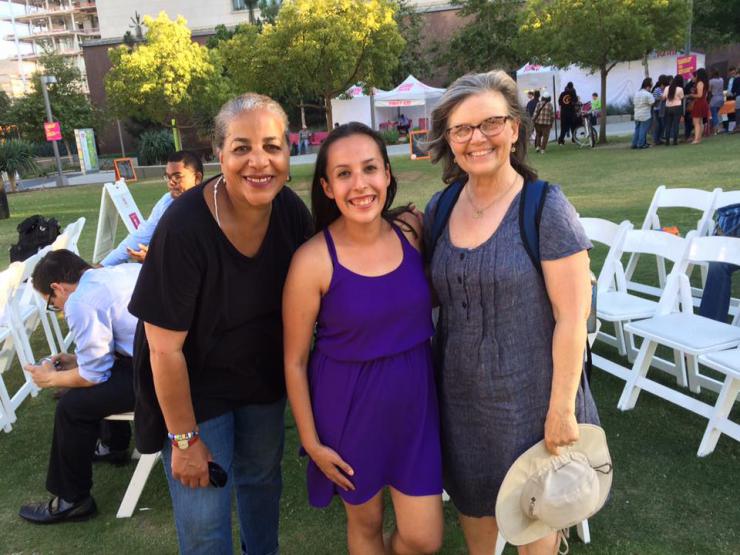
We enter a creative process for different reasons but for me a big part of it is to connect and share stories with others. You cannot make theatre alone. It takes a group of people dedicating themselves, their time, and their varied life experiences to a process that invites risk and play.
As Assistant Director for California: The Tempest, my main responsibility was working with the local casts. At each location the play was performed by the touring Core Cast plus a new local cast. I traveled to each town a week before the touring company and rehearsed the local cast. The Core Cast of thirteen people included four Cornerstone Ensemble actors and nine community actors, most of whom had previously acted in a Cornerstone Summer Residency play in their town.
The roles for the local cast included our Farm Folk, Spirits, and a Chorus. The four Farm Folk are speaking roles with several larger scenes. Their names, genders, ages, costumes, and languages were based on the actors cast in that town. In a few towns, one of these roles would be performed completely in Spanish. We aimed to precast some of these roles and held auditions in each town months before rehearsals started, but many people auditioned on Tuesday and started rehearsing the next day.
Spirits helped to create the magical world of the play. Among other things, they fly the tempest-tossed plane at the beginning of the show, change the set, and introduce the Community Celebration scene.
The Chorus ranged from ten to thirty people. They were diverse in many aspects including their ethnicity, the time that they have lived in the community, religious beliefs, languages spoken, and age. Multiple family members were often performing together. For many, it was the first time they’d been in a play.
We talk about the play’s themes in relationship to California, climate change, and hunger, and how they are relevant to the people in the room and their community… Some of the people in this room picked the produce that is in our grocery stores. They understand the effects of California’s drought in a way that some of us cannot.
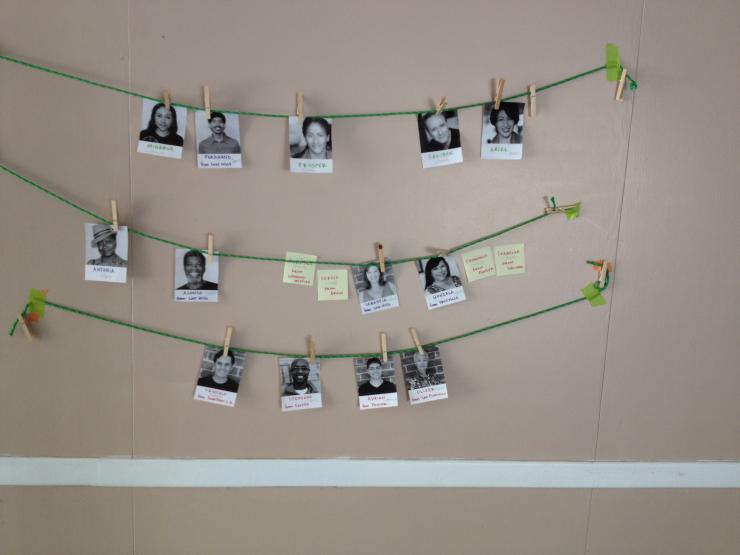
It’s intermission in Grand Park, and the three Isabellas are together talking excitedly about the play. The scope of this project is landing for me. I’m a little anxious about life post-tour, but it’s reassuring that I won’t be traveling next week.
The tour was structured as three legs that included a three-week residency in each of the three towns. The first week of each residency, the “Advance Week,” meant just two Cornerstoners in town: me and one member of the engagement team—Ashley Sparks or Cesar Ortega. As I led the rehearsals and artistic process they focused on building relationships and audiences in the community.
This is what each local cast, sometimes up to 35 people, did during their three weeks with us: They rehearsed a lot. They memorized lines and learned blocking. They worked together, were open to change, willing to do what it takes to create art. They rearranged work and school schedules, postponed trips, and hired babysitters. They dedicated themselves to a process and trusted us enough to play. They performed an adaptation of Shakespeare’s The Tempest three nights for audiences of their friends and neighbors.
Here’s what would happen during advance week:
- Monday is the travel day when we arrive and settle in.
- Tuesday we hold a last round of auditions, sometimes a few at different locations and prepare the rehearsal space.
- Wednesday we finalize casting and make calls to our Spirits and Chorus letting them know they are cast and that their first rehearsal is on Friday.
- Wednesday evening Farm Folk have their first rehearsal. We don’t have time to read the whole play so, after introductions, we read and discuss the scenes they are in. These conversations are always rich as the cast draws thematic parallels with their own community.
- Thursday Farm Folk rehearse and we are on our feet blocking. I do my best to play all the characters that are missing. Remarkably this never seemed to stop the local cast from discovering and developing their characters and relationships.
- Friday is the first rehearsal with the entire local cast. There is the nervous excitement of a first rehearsal as people try to piece together what is happening along with an unspoken trust that everyone who is in that room is meant to be there. We start by introducing ourselves, the scope of the tour and the play. We go over schedules and confirm contact information. Sometimes we welcome in friends and cousins of cast members that weren’t able to audition but want to be a part of the production.
I give a crash course of our version of The Tempest, moving taped pictures of the core cast with their character names written on them on a wall. We talk about the play’s themes in relationship to California, climate change, and hunger, and how they are relevant to the people in the room and their community. These conversations carry different weight in the agricultural towns like Arvin, Fowler, and East Salinas. Some of the people in this room picked the produce that is in our grocery stores. They understand the effects of California’s drought in a way that some of us cannot.
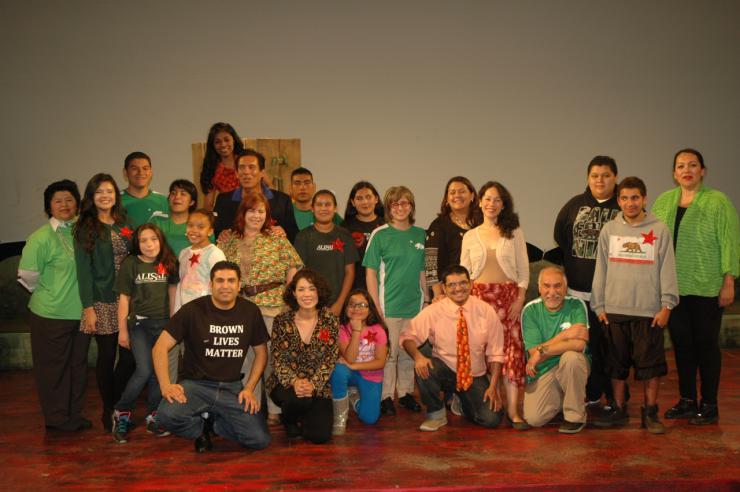
We end this rehearsal by splitting the cast into groups for writing exercises. From these writings I create a draft of the Community Celebration script. Each Chorus shared stories of their communities in charged and personal ways. In East Salinas the Community Celebration was fueled by activist energy. A city council member in the cast was moved to wear a “Brown Lives Matter” shirt during the performance to raise awareness of police brutality. The voice of youth rang strong in Grayson and Westley where one chorus member shared his hope that “En el futuro mas niños se van graduar de la escuela, va a haber mas trabajos, y no va a existir la violencia.” In San Francisco, seniors asked, “What will become of our community with the current Tech Boom?” In Fowler Sikh, cast members brought traditional sword dances to our choreography set to Tupac’s “California Love.”
Closing night in Grand Park marks the close of Cornerstone’s biggest endeavor thus far. I join the audience in ovation and hear the Isabellas’ cheer for Los Angeles’ Isabella taking her bow on stage. I think of each town, each cast, and each audience that made this experience possible and incredible. Monica, Iris, and Toni congratulate and embrace Carmen; four women sharing a unique bond.
At times it is easy to say that all we do is make theatre. The experiences of this production and the relationships that I have formed remind me that sometimes we cannot simplify the process. In making theatre, we collaborate and build relationships with many types of people from various communities. The connection that these women formed is powerful. I am curious and excited to see how these three-week experiences may lead to continued relationships and future opportunities.


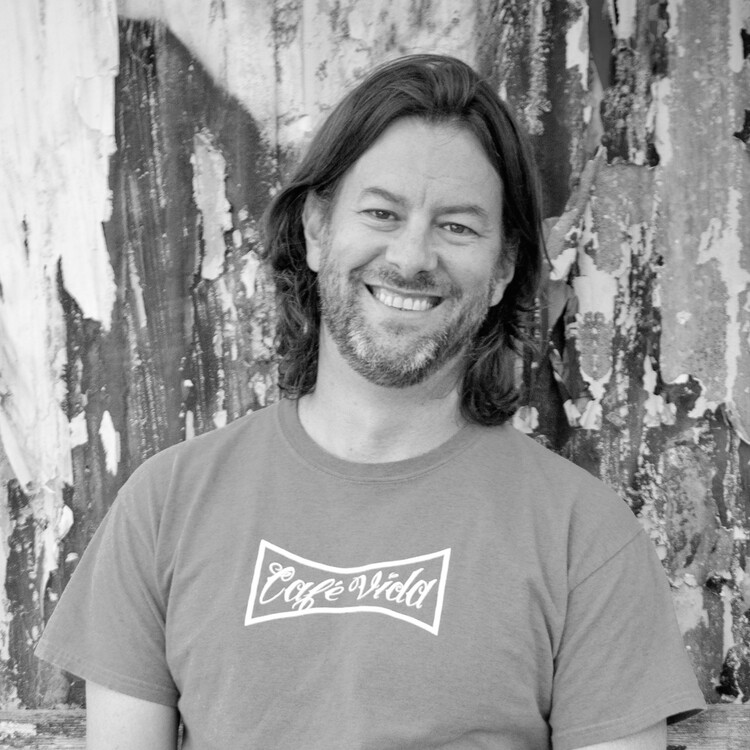
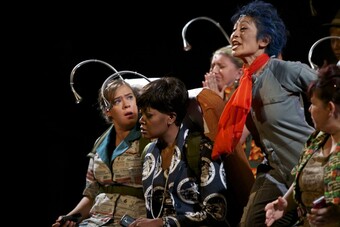

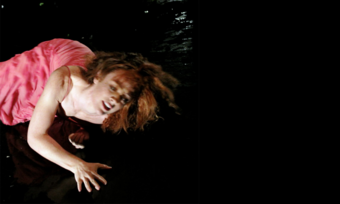

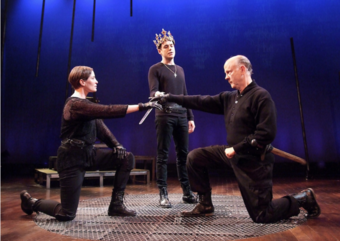

Comments
The article is just the start of the conversation—we want to know what you think about this subject, too! HowlRound is a space for knowledge-sharing, and we welcome spirited, thoughtful, and on-topic dialogue. Find our full comments policy here